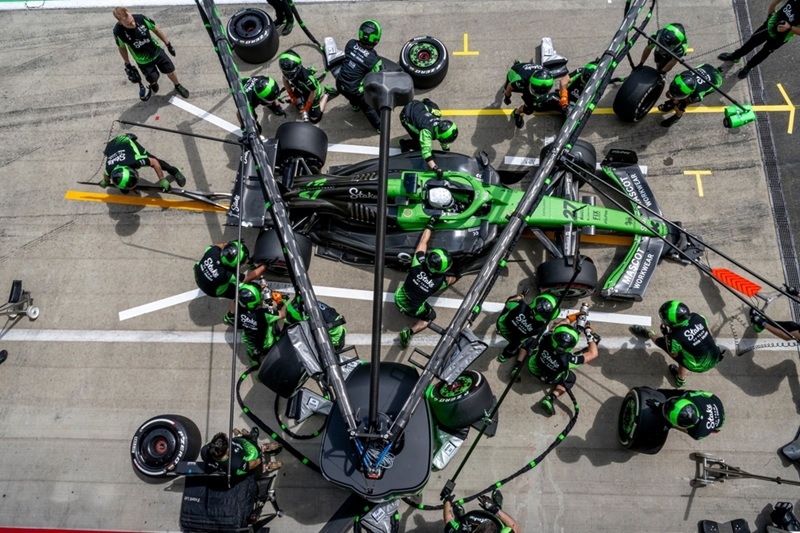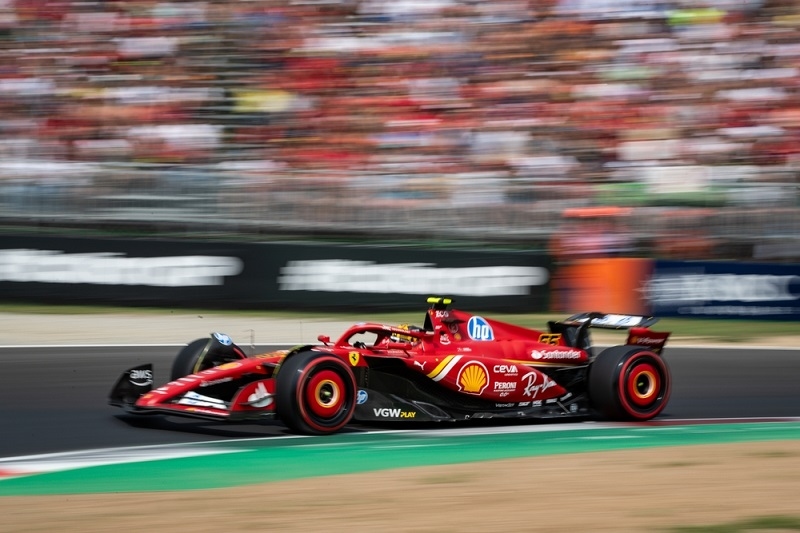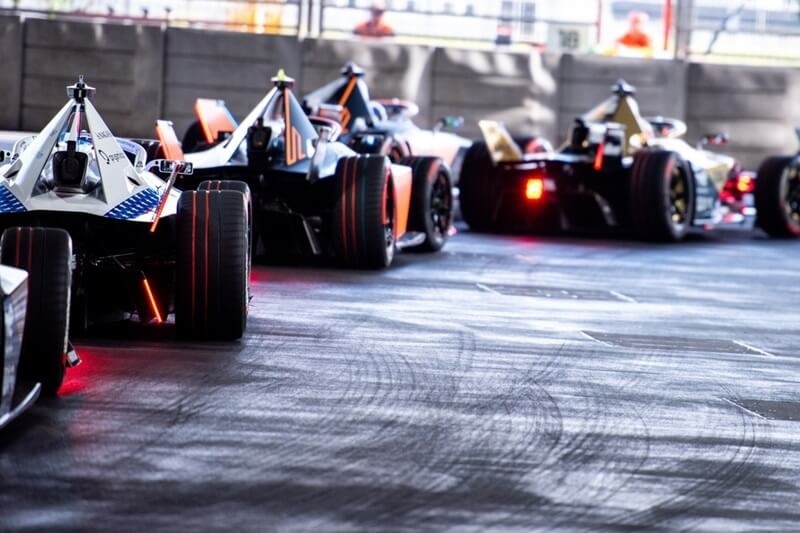Understanding F1 Penalties and How They Impact Race Results

Formula 1 isn’t a free-for-all. It’s a high-speed battleground governed by precision, discipline, and an unforgiving rulebook. One slip, one miscalculated move, and a driver can go from pole position to pointless. That’s the weight F1 penalties carry.
These aren’t arbitrary. Every penalty is tied to strict F1 penalty rules outlined by the FIA—rules that shape strategy, affect race pace, and even cost championships. In a sport where races are won by fractions of a second, even a minor F1 time penalty can flip the outcome.
Let’s break down the different types of Formula 1 penalties, how they’re enforced, and why even the smallest misstep can turn a strong weekend into a disaster.
Why F1 Penalties Exist (And Why They Matter)
F1 isn’t just fast—it’s dangerous. With cars hitting over 200 mph, the line between bold and reckless is razor thin. The F1 penalty rules exist to keep that balance in check. Whether it’s an unsafe release in the pits, weaving on the straights, or ignoring track limits, the stewards are watching—and they’re quick to act.
It’s not about nitpicking. It’s about keeping the sport fair and safe. Still, these F1 racing penalties aren’t just punishments—they mess with strategies, ruin undercuts, delay pit windows, and flip podiums.
One small penalty doesn’t just sting. It snowballs.
More to Discover: Discover F1 Legends With No Wins But High Career Points
Types of Formula 1 Penalties That Can Ruin a Race
Not all penalties hit the same. Some bite during the race. Others show up like a slap after the checkered flag. Here's how the FIA categorizes them:
F1 Time Penalties
The most common—and the most underestimated. A 5 or 10-second time penalty can be served during a pit stop (the driver has to sit still before mechanics touch the car) or added post-race. Sounds light? Not when it drags you from P3 to P6 in one line of text.
F1 time penalties don’t just shave seconds—they slash results.
F1 Drive-Through Penalty
This one’s brutal. The driver has to drive through the entire pit lane at pit-lane speed. No stop, no service, just wasted time. You’re looking at roughly a 20-second hit—more if the track layout is pit-lane heavy.
In tight mid-pack battles, a drive-through penalty is game over.
F1 Stop-Go Penalty
If time penalties and drive-throughs hurt, this one kills. A stop-go penalty forces the driver to pit, stop completely for 10 seconds without any car service, and only then rejoin. You just sit there watching mechanics do absolutely nothing. No tires. No wing changes. Just lost momentum.
It’s rare. But when it lands, it wrecks entire strategies.
F1 Grid Penalties: When the Race Starts Backwards
Not every penalty happens on race day. Some start haunting drivers the moment qualifying ends. F1 grid penalties are usually dished out for engine component changes, gearbox replacements, or breaches of parc fermé rules.
Let’s say a driver nails P2 in qualifying. That’s solid. But with a 10-place grid penalty, they’ll start from P12. That changes everything—clean air turns into traffic hell. Tire strategy, overtaking plans, and start procedure all get reworked.
Grid penalties can also show up when drivers block others during qualifying or ignore double yellows. Either way, they sting.
How F1 Racing Penalties Mess with Team Strategy
Formula 1 is less "pedal to the metal" and more "high-speed chess." Every penalty is a domino that forces teams to recalculate everything mid-race.
Let’s say your driver gets a 5-second penalty. The team might delay the pit stop to stretch a gap, or hope for a Safety Car to cushion the impact. Some risk it all—others play it conservative.
Either way, F1 racing penalties don’t just punish; they pressure-test strategy in real time.
Repeat Offenders and Race Bans
A single penalty won’t cost a driver their seat. But repeated offenses? That’s a different story. Every violation can also come with penalty points on a driver’s Super License. Rack up 12 within a 12-month window, and you’re sitting out the next race.
It’s happened before—ask Romain Grosjean, who was banned for one race in 2012 after causing chaos at Spa. The system’s built to stop repeat offenders, and it doesn’t care if you’re a rookie or a world champ.

FIA: The Rulebook and the Gray Area
The F1 penalty rules may look airtight on paper, but enforcement still depends on stewards. And in F1, context is everything.
What one driver calls “hard racing,” another calls “unfair play.” The fans? They’ll fight about it online for days. The FIA relies on video, telemetry, and data—but judgment is still judgment.
Some penalties feel overkill. Others feel suspiciously light. That’s the nature of a sport this complex and this quick. Not every decision will sit right. But the goal is consistency—even if the execution isn’t always perfect.
How F1 Penalties Flip the Final Results
Here’s the part fans hate and teams fear: penalties that rewrite the leaderboard after the race ends. A driver crosses the line in P1, the crowd roars—and then the penalty drops. It’s like ripping the trophy out of their hands.
Whether it’s a time penalty or a grid drop, the impact is real. It reshuffles the championship table, kills title runs, and throws race weekends into chaos.
Remember Vettel vs. Hamilton in Canada 2019? Vettel won on track, but a 5-second time penalty handed the win to Hamilton. Brutal. But that’s how the system works.
Quick Guide: Common F1 Penalties
| Penalty | Impact |
| Time Penalty (5/10 sec) | Adds time to pit stop or post-race finish |
| Drive-Through Penalty | Full pit-lane drive at limiter (20+ sec loss) |
| Stop-Go Penalty (10 sec) | Full stop in pit box—no service allowed |
| Grid Penalty | Drops starting position by X places |
| Black Flag | Disqualification from the race |
| License Penalty Points | Risk of race ban after 12 points in 12 months |
You may also like: Formula1 VegasPrix 2025: Speed, Lights & Pure F1 Energy
Final Lap: Penalties Are the FIA’s Sharpest Tool
F1 isn’t just about raw speed. It’s about rules. Limits. Precision. And penalties? They’re how chaos gets tamed.
From F1 grid penalties to a last-minute F1 stop-go penalty, every enforcement shapes the story of a race. Understanding how these penalties work isn’t just for super-fans. It’s for anyone who wants to watch the standings shift and actually know why.
So next time a race result changes after the checkered flag, don’t just look at the stopwatch. Check the stewards’ list. That’s where the real damage was done.
This content was created by AI




